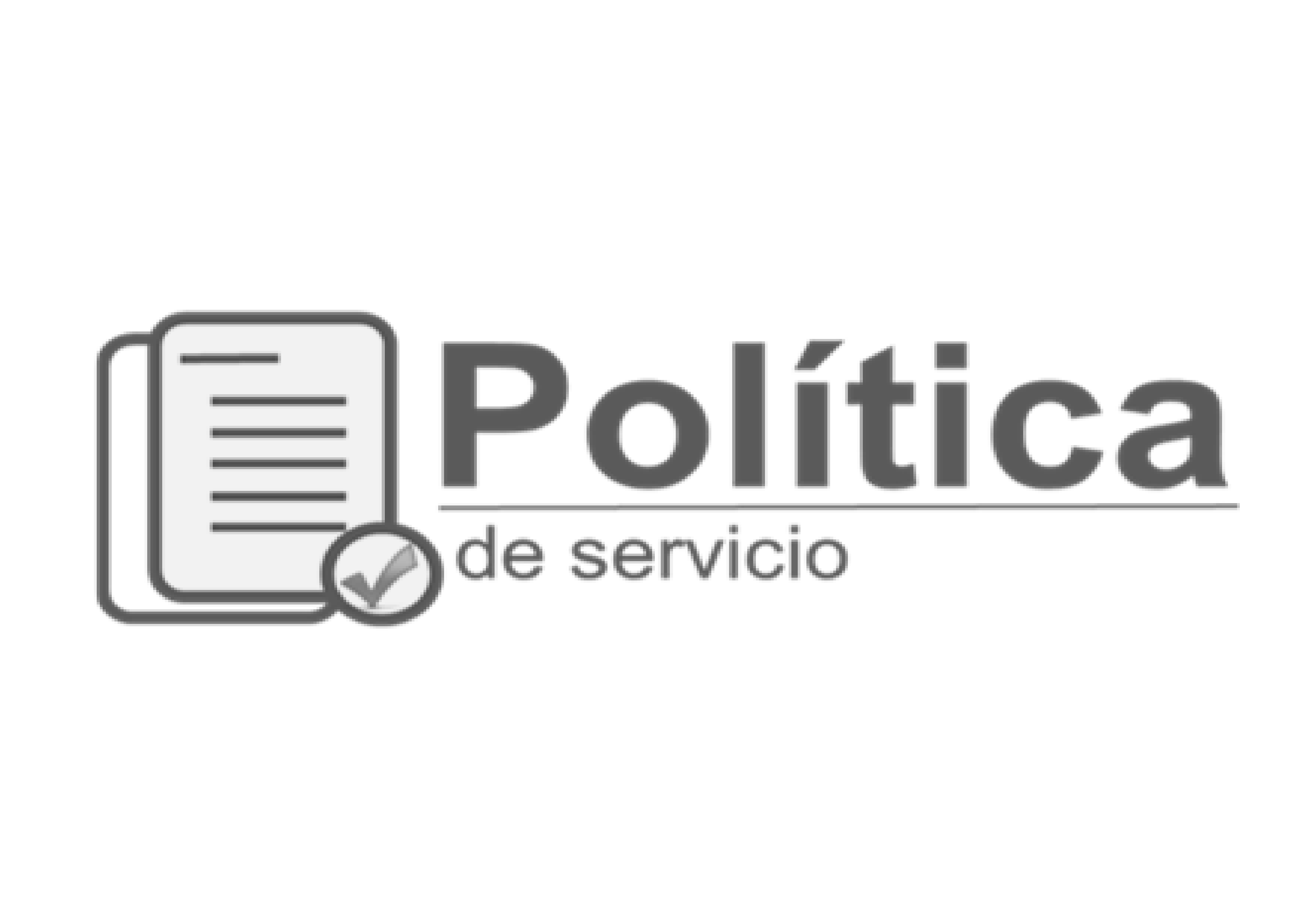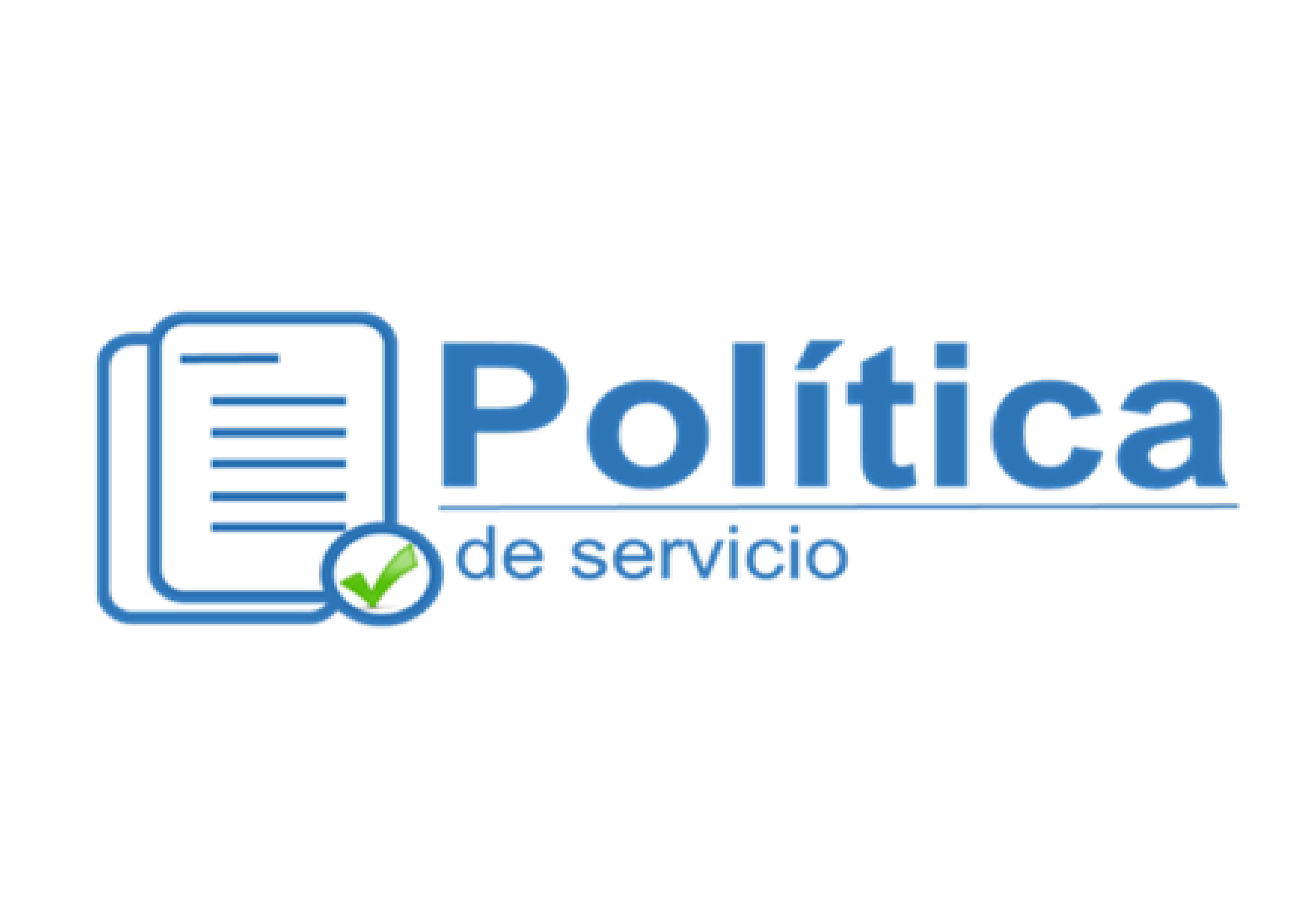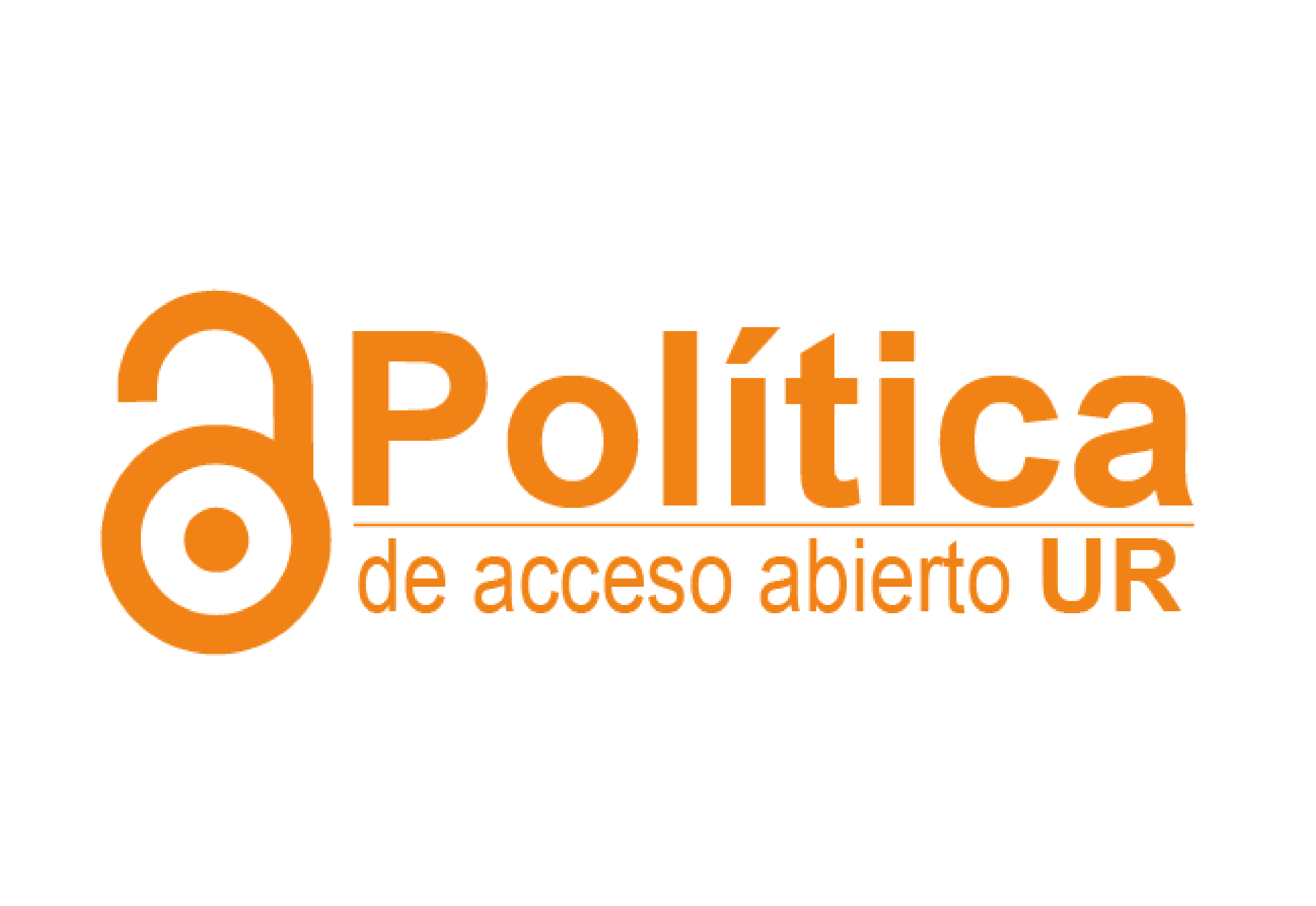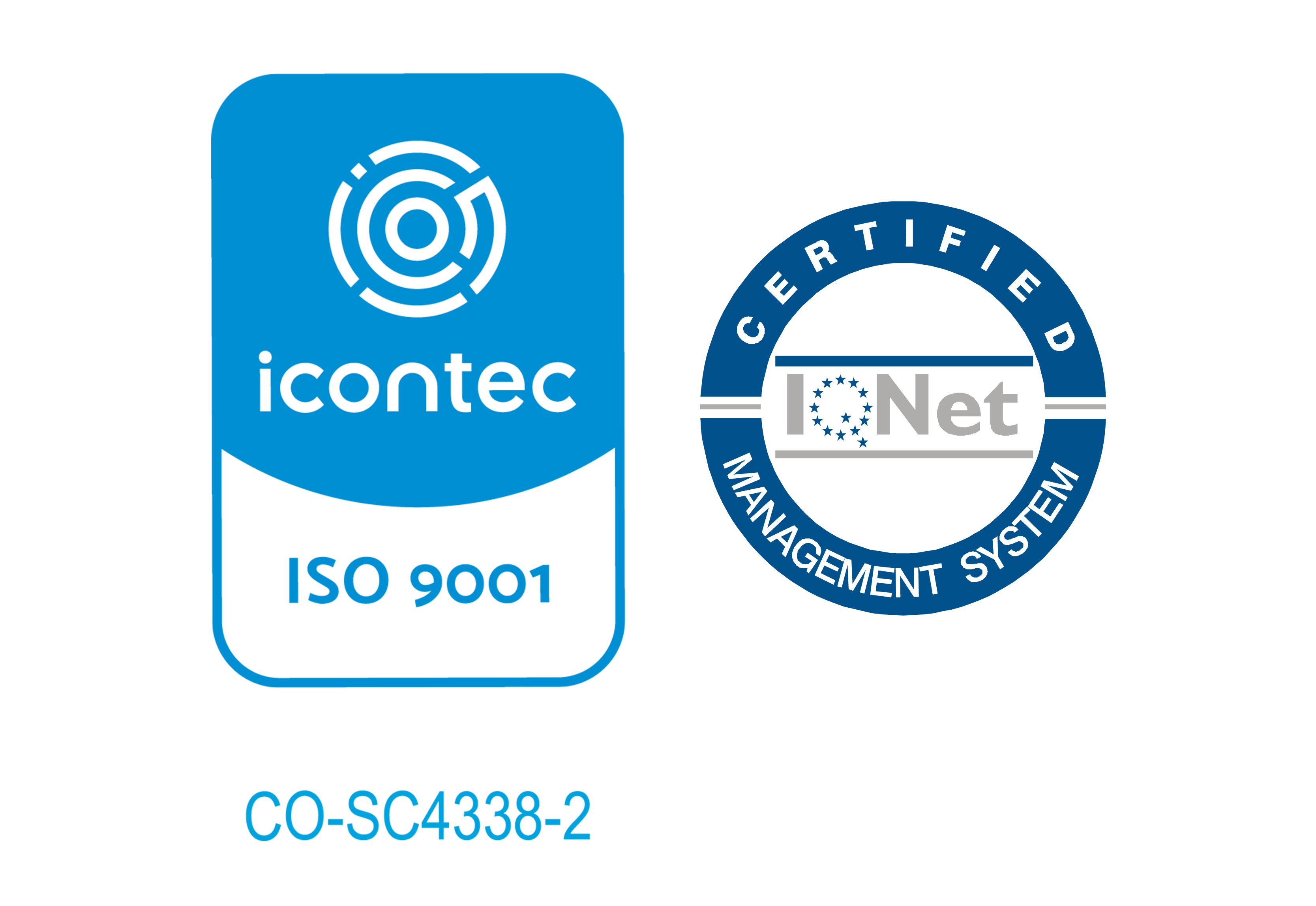| 000 -ENCABEZADO |
|---|
| Número de control [NR] |
01580nam a22002417a 4500 |
| 005 - FECHA Y HORA DE LA ÚLTIMA TRANSACCIÓN |
|---|
| control field |
20250217151029.0 |
| 008 - DE LONGITUD FIJA DE DATOS DE ELEMENTOS - INFORMACIÓN GENERAL |
|---|
| Elementos de longitud fija [NR] |
250217b ||||| |||| 00| 0 eng d |
| 020 ## - NUMERO INTERNACIONAL NORMALIZADO PARA LIBROS [R] |
|---|
| Número Internacional Normalizado del libro [NR] |
9780996663212 |
| 020 ## - NUMERO INTERNACIONAL NORMALIZADO PARA LIBROS [R] |
|---|
| Número Internacional Normalizado del libro [NR] |
9780996663229 |
| 040 ## - FUENTE DE CATALOGACION [NR] |
|---|
| Agencia de catalogación original [NR] |
CO-BoUCM |
| Quien Cataloga |
David Moreno |
| Quien Clasifica |
David Moreno |
| 041 ## - CODIGO DE IDIOMA [R] |
|---|
| Código de idioma para texto/pista de sonido o título separado [R] |
Inglés |
| 060 ## - SIGNATURA TOPOGRAFICA DE LA BIBLIOTECA NACIONAL DE MEDICINA (NLM) [R] |
|---|
| Número clasificador [R] |
W 62 |
| 100 1# - ASIENTO PRINCIPAL--NOMBRE PERSONAL [NR] |
|---|
| Nombre personal [NR] |
Naidorf, Joan |
| ID Autoridad |
184529 |
| 245 14 - MENCION DE TITULO [NR] |
|---|
| Título [NR] |
Changing how we think about difficult patients |
| Parte restante del título [NR] |
a guide for physicians and healthcare professionals |
| Mención de responsabilidad, etc. [NR] |
Joan Naidorf |
| 250 ## - MENCION DE EDICION [NR] |
|---|
| Mención de edición [NR] |
1a. Ed |
| 260 ## - PUBLICACION, DISTRIBUCION, ETC. (PIE DE IMPRENTA) [R] |
|---|
| Lugar de publicación, distribución, etc. [R] |
Washington, DC |
| Nombre del editor, distribuidor, etc. [R] |
American Association for Physician Leadership |
| Fecha de publicación, distribución, etc. [R] |
2022 |
| 300 ## - DESCRIPCION FISICA [R] |
|---|
| Extensión [R] |
xviii, 108 Paginas |
| Otros detalles físicos [NR] |
ilustraciones |
| 504 ## - NOTA DE BIBLIOGRAFIA, ETC. [R] |
|---|
| Nota de bibliografía, etc. [NR] |
Incluye referencias bibliográficas e índices |
| 505 ## - NOTA DE CONTENIDO CON FORMATO PREESTABLECIDO [R] |
|---|
| Mención de responsabilidad [R] |
1. We can't stand some of our patients -- 2. What makes a "good" patient? -- 3. What challenges anybody with illness or injury? -- 4. How do sick and injured people feel and act? -- 5. On "taking care of the hateful patient" -- 6. Responding to Dr. Groves: an evolving understanding -- 7. Our least favourite patients -- 8. How to manage our thoughts -- 9. Three common thought distortions about patients -- 10. What we think: two common thought distortions -- 11. Working against ourselves -- 12. How we react -- 13. Turning it around -- 14. Getting out of our own way -- 15. How it works -- 16. Why does it matter? -- 17. No more difficult patients. |
| 650 14 - ASIENTO SECUNDARIO DE MATERIA - TERMINO TEMATICO [R] |
|---|
| Término temático o nombre geográfico como elemento de entrada [NR] |
Personal médico y paciente |
| Subdivisión general [R] |
Médico y paciente |
| 9 (RLIN) |
184530 |
| 650 14 - ASIENTO SECUNDARIO DE MATERIA - TERMINO TEMATICO [R] |
|---|
| Término temático o nombre geográfico como elemento de entrada [NR] |
Relaciones médico-paciente |
| Subdivisión general [R] |
Relaciones entre profesionales y pacientes |
| 9 (RLIN) |
184531 |
| 942 ## - ELEMENTOS DE ENTRADA AGREGADOS (KOHA) |
|---|
| Sistema de clasificación |
|
| Tema principal |
Ciencias de la salud |
| Tipo de ítem principal el descrito en 300a |
Libro |
| Edición |
1 |
| Clasificación |
W 62 |
| Parte restante de la signatura top. |
N155c |
| Título oculto en OPAC |
No |

Escuela de administración
Facultad de Jurisprudencia
Facultad de Ciencias
Escuela de Ciencias
Escuela de Medicina
Facultad de Economía
Facultad de Estudios
Facultad de Creación
Escuela de Ingeniería,
Otras Ofertas
 Historia y símbolos
Historia y símbolos
 Enfoque estratégico
Enfoque estratégico
 Gobierno universitario
Gobierno universitario
 Playbok - Nuestros pilares de transformación
Playbok - Nuestros pilares de transformación
 Protocolo de seguridad
Protocolo de seguridad
 Archivo histórico
Archivo histórico
 Portafolio de becas, descuentos y apoyo financiero
Portafolio de becas, descuentos y apoyo financiero
 Casa UR
Casa UR






 Proyección social
Proyección social Filantropía
Filantropía Hagámoslo posible
Hagámoslo posible








